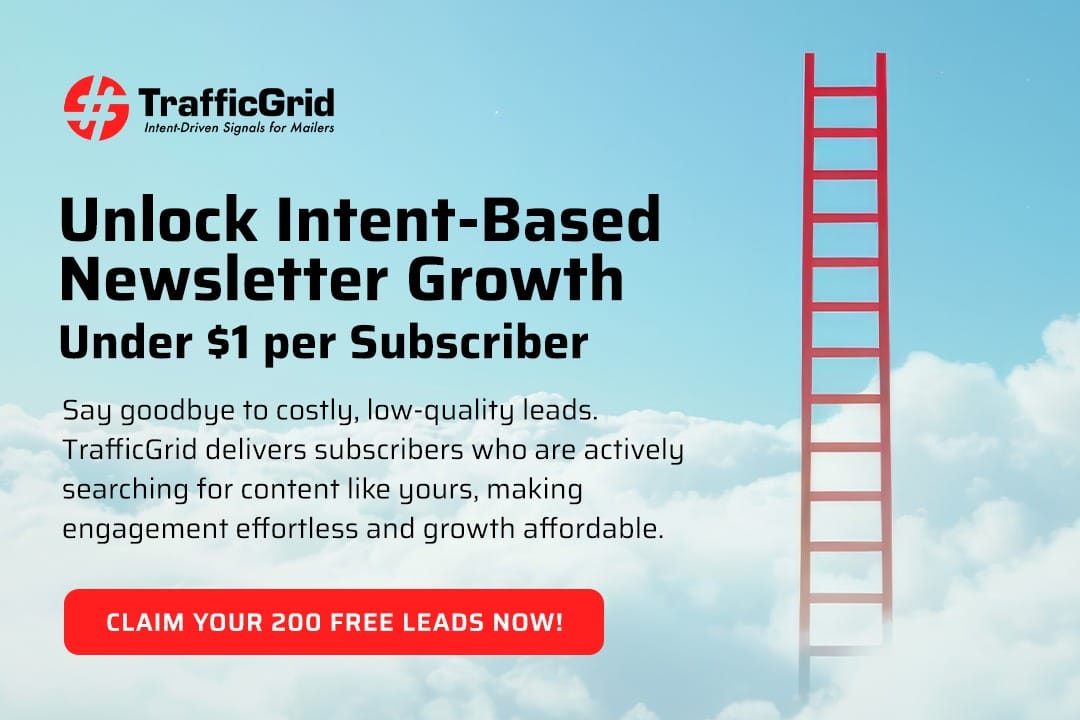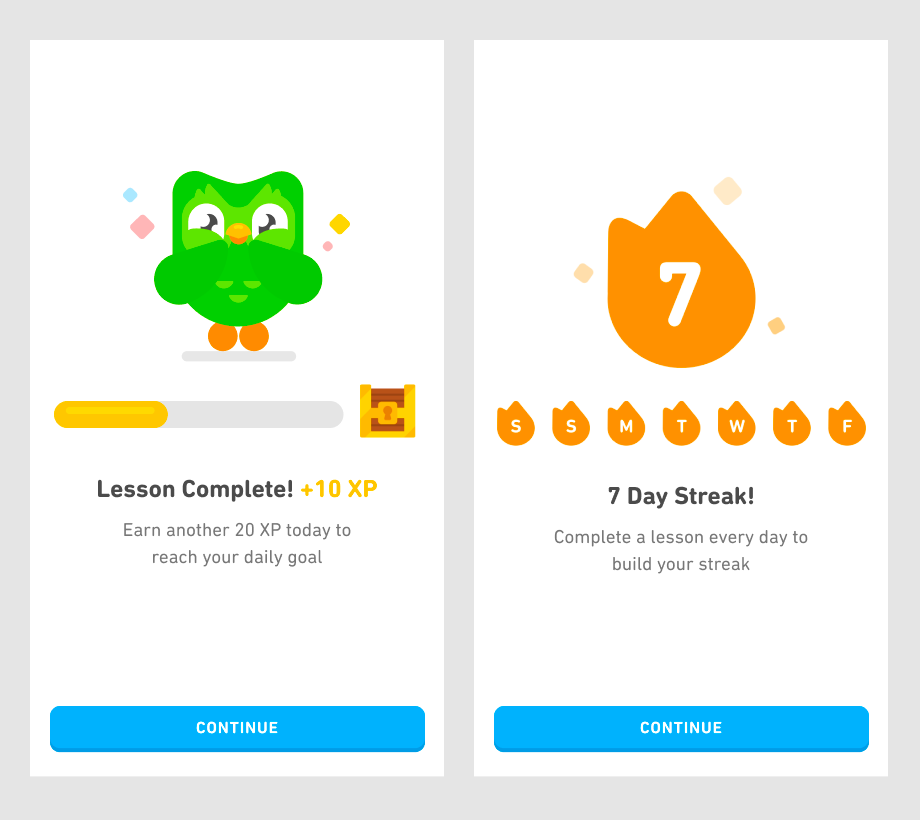Turn Missed Deadlines into Sales
🧠 How the Planning Fallacy shapes behavior, and discover why Black Friday hype is fading.

Hey there 🧠
Ready for another day of staying ahead of the competition in the Growth race?
Oh and before we go ahead! If your friend sent this to you, be sure to subscribe here! So you don’t miss out on any editions.
Partnership with TrafficGrid
2025’s Cost Of Newsletter Growth Is Too Dang High

95% of newsletter publishers think adding new subscribers is crazy-expensive, and that’s before calculating the “zero-value subscribers” who open one email and vanish forever.
But what if you could test a subscriber growth system that drops your cost-per-lead below $1and actually delivers readers who care?
TrafficGrid helps serious publishers scale profitably with high-intent, engaged leads.
- Acquire real readers under $1 per lead, not passive subscribers.
- Tap into intent-based audiences that crave your niche.
- See 50%+ open rates and thousands of engaged clicks.
One sports publisher hit 53.14% open rate and over 1,100 clicks in just 30 days with TrafficGrid.
You can test it yourself with 200 free leads. To qualify, you’ll need 5K+ highly engaged U.S. subscribers.
Book your free strategy call and scale your Newsletter now!
💡 The Planning Fallacy: How Marketers Can Turn Missed Deadlines into Opportunity
Ever started a “five-minute” task that stretched into an hour? Or promised a campaign in two weeks that still isn’t done a month later? That is the Planning Fallacy in action. It is a cognitive bias where we underestimate how long things take, even when experience tells us otherwise.
Psychologists Daniel Kahneman and Amos Tversky first identified it in 1979, explaining how we rely on our optimistic “inside view” and ignore the hard data of previous delays, also known as the “outside view.” Studies later confirmed how pervasive this is, one MIT experiment found students predicted finishing their theses in 34 days when the reality was 55.5 days.
The good news? Marketers can use this bias to create powerful messaging and product positioning.
1️⃣ Sell the Shortcut: Most people underestimate complexity. Brands like Instacart address this directly by focusing on time saved. “Get groceries in as little as an hour” reframes reality. It speaks to customers who think their “quick store run” is faster than it really is.
The takeaway: Position your product as the tool that bridges the gap between expectations and real effort.
2️⃣ Create Progress Inflation: People love feeling ahead of schedule. Apps like Duolingo master this by rewarding every small step. Badges, streaks, and cheerful notifications give users a sense of accelerated progress. Even platforms like Reddit use engagement streaks to keep people returning daily. These systems counteract the frustration that comes from realizing things take longer than expected.

3️⃣ Emphasize Hidden Tasks and Bundle Them: Many customers overlook the small steps behind every action. Chewy’s Autoship program thrives by bundling these forgotten micro-tasks into one automated solution. Customers think they will “just order when they need more,” but Chewy handles stock checks, reordering, and delivery timing. The result? Autoship now drives nearly 80% of Chewy’s total sales.

The Takeaway
The Planning Fallacy is universal, but smart marketers use it to their advantage. By saving time, rewarding perceived progress, or bundling invisible tasks, you help customers feel more capable while deepening their loyalty to your brand.
💡 Black Friday and Cyber Monday Are Losing Their Spark
Insights from stackedmarketer
The once thrilling shopping weekend is losing its charm. Shoppers are tired of repetitive discounts and predictable promotions. What was once exciting now feels ordinary, and that is a problem for brands that still rely only on price cuts to win attention.

1️⃣ The Decline in Excitement: In 2022, consumer sentiment toward Black Friday and Cyber Monday (BFCM) was nearly balanced. By 2024, however, 68% of consumers said the event was no longer compelling. Projections for 2025 show only a small recovery to 34% who still find it attractive. The data clearly shows that deal fatigue has set in.
2️⃣ Why It Matters: The BFCM weekend has lost its sense of scarcity. Shoppers are desensitized to endless offers, which means that discounts alone no longer create urgency or excitement. Brands need to evolve beyond blanket markdowns if they want to stand out.
3️⃣ How to Adapt:
- Reinvent your offers: Move past simple discounts. Try exclusive product bundles, gift-with-purchase deals, or limited drops that add real value.
- Reward loyalty: Offer early access to loyal customers or create VIP-only experiences that make them feel valued.
- Focus on experience: Infuse storytelling, creative campaigns, and unique packaging to make shopping feel like an event, not just a sale.
The Takeaway
Consumers today want meaning, not markdowns. The winners of BFCM 2025 will be the brands that combine exclusivity, creativity, and emotion to make their offers feel unforgettable.
As we prepare more "Growthful" content, we'd love to hear your thoughts on today's edition! Feel free to share this with someone who would appreciate it. 🥰